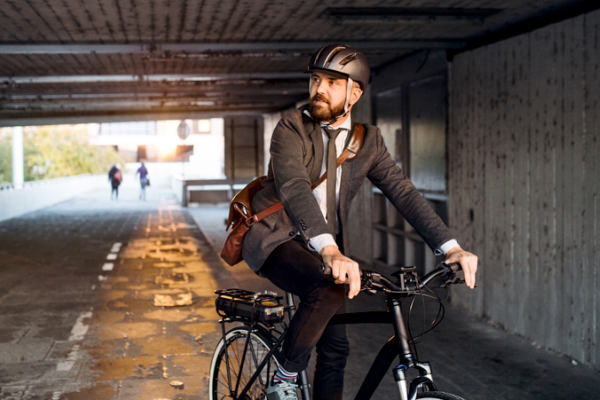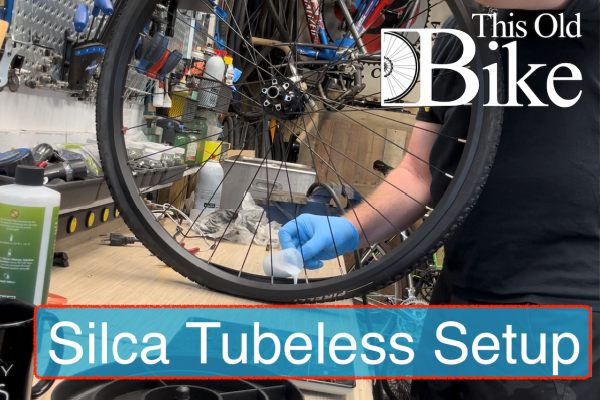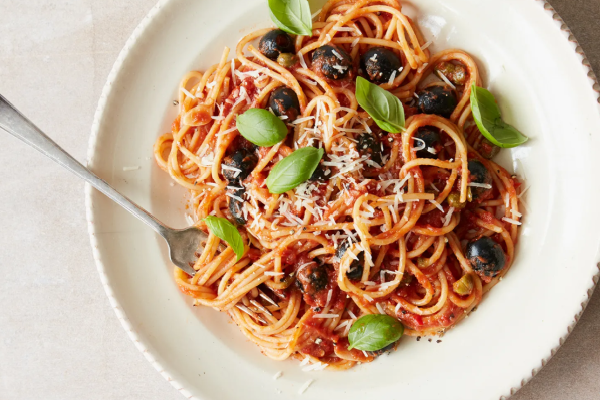
Diet And Weight Loss To Make You Faster
Nutrition and food choices are a key component of weight loss for all endurance athletes, including cyclists. When done correctly, weight loss can have a huge

Over two million bikes are stolen in the US every year. Some of these bikes are dirt cheap steeds barely capable of breaking a jog. Many others, however, have the value of a quality used car. Regardless of a bike’s monetary value, being the victim of a bike theft is terrible. There’s often a special bond between a rider and their bike, and having that bike taken from you can be a traumatic, infuriating experience that leaves you bitter at the world—and rightfully so! Over our many years of riding, and many bikes stolen, we’ve learned the hard way when it comes to bike thefts, and we are here to offer a small token of wisdom so that you don’t lose your bike as well.
While they’re light and convenient, cable locks are a deterrent, but not actual security, so they can lull you into a false sense of security. If you’re making a quick trip to the grocery store or FedEx, you may be better off bringing your bike inside (risking getting yelled at by staff) or leaving it unlocked near the very front of the store as a means of forcing yourself to make the trip inside as quick as humanly possible!
Kryptonite is arguably the gold standard in theft-proof bike locks. As long as you can afford to spend $60 to $110, there’s really no reason to use another brand of lock. Furthermore, Kryptonite locks come with a cash value bike replacement (dollar amount is based on the lock and the value of your bike) if your bike gets stolen because the lock failed (was cut or broken by the thief). Kryptonite’s strongest locks include:
If you’re opposed to Kryptonite for one reason or another, other quality brands to consider that make solid U-locks and rigid folding locks include Abus, OnGuard, and Hiplok. One thing to keep in mind when purchasing a U-lock is to get the smallest-length U option that will work for your needs so that there is less room for a crowbar or carjack to fit in there. Also, don’t spend less than $30! You’ll be disappointed if you do.
The obvious downside to a heavy, multi-pound lock is carrying it. It’s going to slow you down no matter where you place it (in a backpack or on your bike frame), but you can avoid a large degree of discomfort by mounting it on your bike, as opposed to inside a backpack. Most U-locks come with a frame mount, though not all U-locks fit every type of bike, especially if you have a small frame or have two bottle cages on your frame. If the included frame mount for your lock doesn’t fit on your bike and you have no external way to carry the lock on your bike (such as panniers or a rear rack), here is a great option: put the lock onto your top tube with the curve of the U against the top tube and the flat end of the lock hanging down below your bottom tube (the lock is near the front of your bike, close to the headtube. Add some padding in the form of an old inner tube or bar tape to the top tube to keep your paint fresh and protect against dings as you go over potholes. This method only works with mountain bikes and commuters that have front suspension, unfortunately.
Ottolock uses multi-layered steel and Kevlar to create a flexible, lightweight lock that can be used for very short lock-ups and is better than any cable lock out there. Good uses for the Ottolock include going into a gas station or cafe for ride food, mid-training-ride… and that’s about it. For anything longer, use a hard lock such as a heavy chain, folding lock, or U-lock. The Ottolock is convenient on bike rides (as opposed to bike commutes) because it is light and can be wrapped around a seat bag. Hiplok makes a similar product called the Z LOK, which is even more lightweight and easier to cut than the Ottolock. If you’re extremely desperate or feeling very lucky, another trick for cafe stops is to intentionally drop your chain (making it harder for the thief to get away), and “lock” your bike with your helmet. Word is still out on whether either of these techniques has ever successfully prevented a theft!
Choosing the right rack, pole, handrail, or other object to lock your bike against is sometimes just as important as the actual lock. Objects/places to lock up that you should avoid:
While it may be fine to leave a bike unlocked in your car for a short 15-minute trip inside, you should never leave it inside your car in plain sight for hours, or especially overnight. At the bare minimum, you should cover your bike in a blanket, tarp, or bags. To really make it secure, however, you need to lock it with a heavy duty chain to a metal bar or bracket within your car. Most new model cars don’t have anything like this, unfortunately. As such, lock your bike with a U-lock at a bike rack, bring the bike inside with you, or lock it on your car rack with a heavy duty lock or chain (and make sure your car rack is locked to your car).
Being the victim of a bike theft is one thing, being the victim of traffic violence is another. If you were injured by a driver in any way while riding your bike, bike attorney Brad Tucker can help you explore your options for fair compensation. Call Brad Tucker at Colorado Bike Law today at 303.694.9300 to schedule a consultation at no cost.

Nutrition and food choices are a key component of weight loss for all endurance athletes, including cyclists. When done correctly, weight loss can have a huge

Photos are rolling from Mt. Blue Sky/Bob Cook Memorial Hill Climb p/b Team Evergreen on that was held this past weekend. The day lived up

Pad Thai is a popular street food in Thailand, which is whipped up quickly and packed full of flavor. It’s one of our favorite post-ride

Tubless Tires: Myth or Magic? Justin Bolinger of I Know a Guy Bicycles “UNBOXES” the Truth about this setup (Should you go Tubeless?) Recent Posts

Last week, Douglas County hosted the Natural Grocers Criterium at their sheriff’s training facility, and the camera of Ryan Muncy/Ryan Muncy Photography was on the scene

When you are looking to refuel at lunchtime, go for carbs and quality protein – this pasta dish is ideal. Cycling takes energy, and energy come